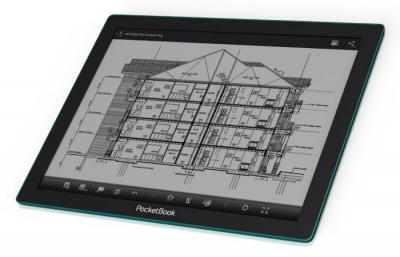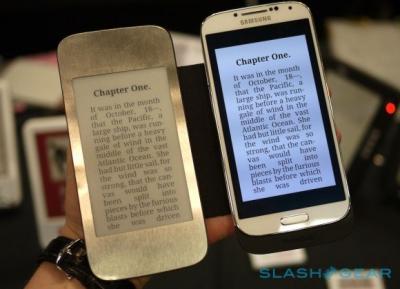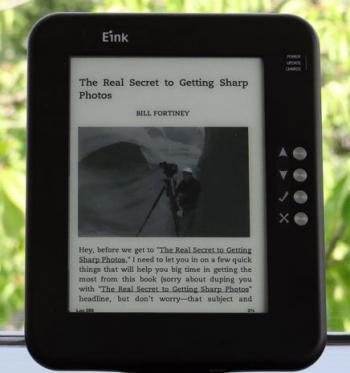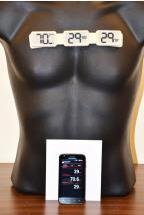E Ink announced the thin-glass substrate based Fina display
E Ink announced a new thin and lightweight EPD technology branded E Ink Fina. The Fina uses a very thin glass substrate that enables it to be lighter and thinner than previous E Ink displays. They weigh less than 50% compared to glass-based LCDs and are less than 50% thick. A 13.3" Fina display weighs about 60 grams.

E Ink also announced the first e-reader to use the Fina, the PocketBook CAD reader. This 13.3" device sports a 1Ghz dual-core CPU, 2GB of RAM, 16 GB of storage, a large 8000 mAh battery, Wi-Fi, 3G and it runs Android 4.0.4. It includes a Wacom digitizer for both touch and stylus input.




